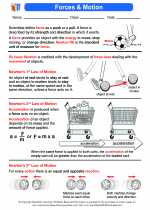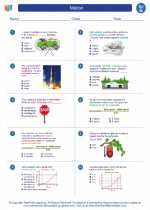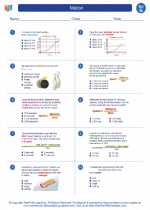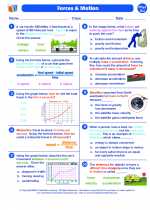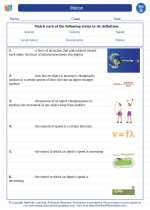Organisms
An organism is any individual living being, such as an animal, plant, fungus, or microorganism. Organisms can be unicellular, meaning they are made up of a single cell, or multicellular, meaning they are made up of multiple cells.
Characteristics of Organisms
- Cellular Structure: Organisms can either be unicellular or multicellular.
- Metabolism: Organisms obtain and use energy to grow, reproduce, and maintain their biological processes.
- Growth and Development: Organisms undergo processes of growth and development throughout their lifespan.
- Response to Stimuli: Organisms respond to internal and external stimuli in their environment.
- Reproduction: Organisms have the ability to produce offspring through sexual or asexual reproduction.
- Heredity: Organisms possess genetic material that is passed on to their offspring.
- Adaptation: Organisms exhibit traits and behaviors that allow them to survive and thrive in their environment.
Classification of Organisms
Organisms are classified into different taxonomic groups based on their characteristics and evolutionary relationships. The primary taxonomic groups are:
Study Guide
To study the topic of organisms, it is important to focus on the following key areas:
- Understanding the characteristics of living organisms and the differences between unicellular and multicellular organisms.
- Exploring the processes of metabolism, growth, and reproduction in organisms.
- Learning about the various taxonomic groups and how organisms are classified based on their characteristics.
- Investigating specific examples of organisms within different taxonomic groups and their unique characteristics.
- Exploring the role of adaptation and environmental interactions in the survival of organisms.
By mastering these key areas, you will develop a comprehensive understanding of organisms and their significance in the natural world.
.

